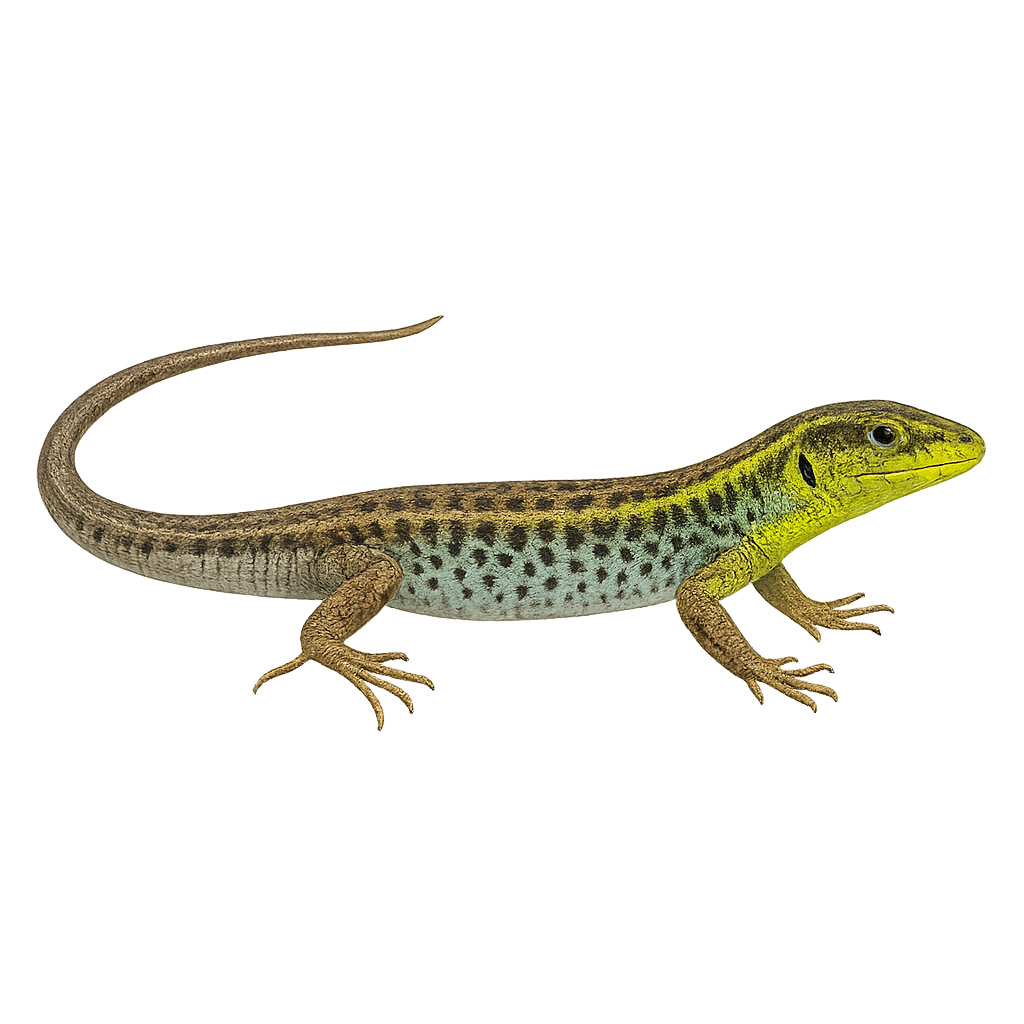Your wildlife photography guide.
Explore the snake-eyed lizard in detail, study its behavior, prepare your shots.
Where to observe and photograph the snake-eyed lizard in the wild
Learn where and when to spot the snake-eyed lizard in the wild, how to identify the species based on distinctive features, and what natural environments it inhabits. The WildlifePhotographer app offers tailored photography tips that reflect the snake-eyed lizard’s behavior, helping you capture better wildlife images. Explore the full species profile for key information including description, habitat, active periods, and approach techniques.
Snake-eyed Lizard
Scientific name: Ophisops elegans

IUCN Status: Least Concern
Family: LACERTIDAE
Group: Reptiles
Sensitivity to human approach: Suspicious
Minimum approach distance: 3 m
Reproduction period: September to October
Incubation: N/A
Births: September to October
Habitat:
Rocky regions, open grasslands, arid areas
Activity period :
Active during the day when temperatures are favorable, often seen basking in the sun.
Identification and description:
Ophisops elegans, commonly known as the snake-eyed lizard, is a small, agile reptile, typically measuring between 15 and 20 cm in length. Its smooth skin features a brown-green coloration with lighter patterns on the back, allowing it to blend seamlessly into its natural surroundings. This lizard is particularly recognizable by its transparent eyelids, giving it a unique gaze. It is primarily found in the arid and semi-arid regions of the Middle East and Southwest Asia, where it prefers rocky habitats and open grasslands. Active mainly during the day, it feeds on insects and other small invertebrates.
Recommended lens:
Macro – adjust based on distance, desired framing (portrait or habitat), and approach conditions.
Photography tips:
To photograph Ophisops elegans, focus on early morning or late afternoon hours when the light is soft, highlighting the details of its smooth skin and distinctive patterns. Use a macro lens to capture its transparent eyelids and unique gaze up close. Approach slowly to avoid startling it, as although it is suspicious, it can tolerate some proximity if you are discreet. Pay attention to its natural environment, such as rocks and grasses, to achieve authentic shots.
The WildlifePhotographer App is coming soon!
Be the first to explore the best nature spots, track rutting seasons, log your observations, and observe more wildlife.
Already 1 430 wildlife lovers subscribed worldwide

